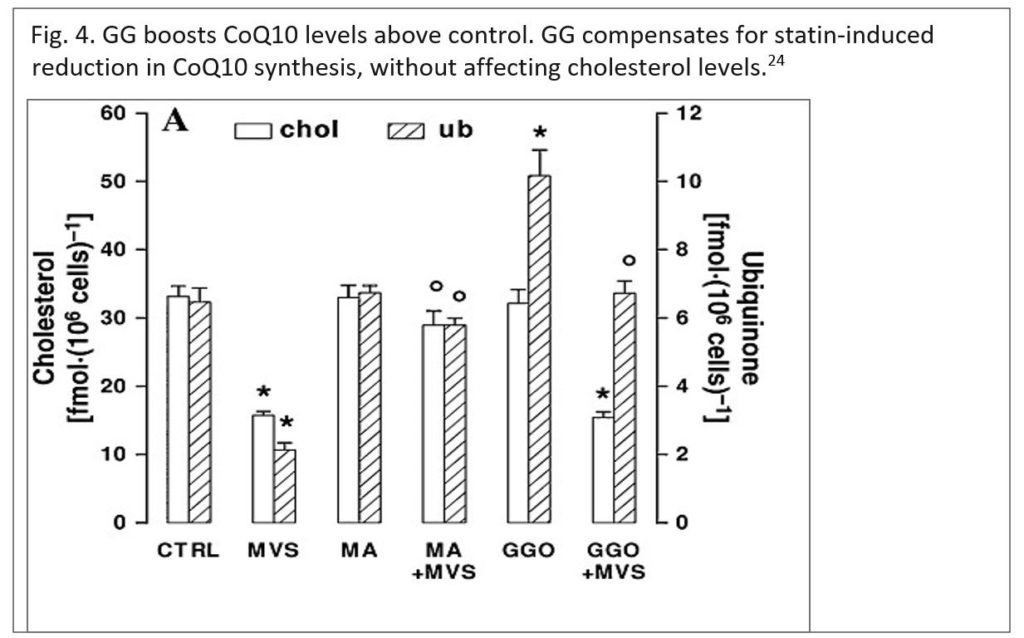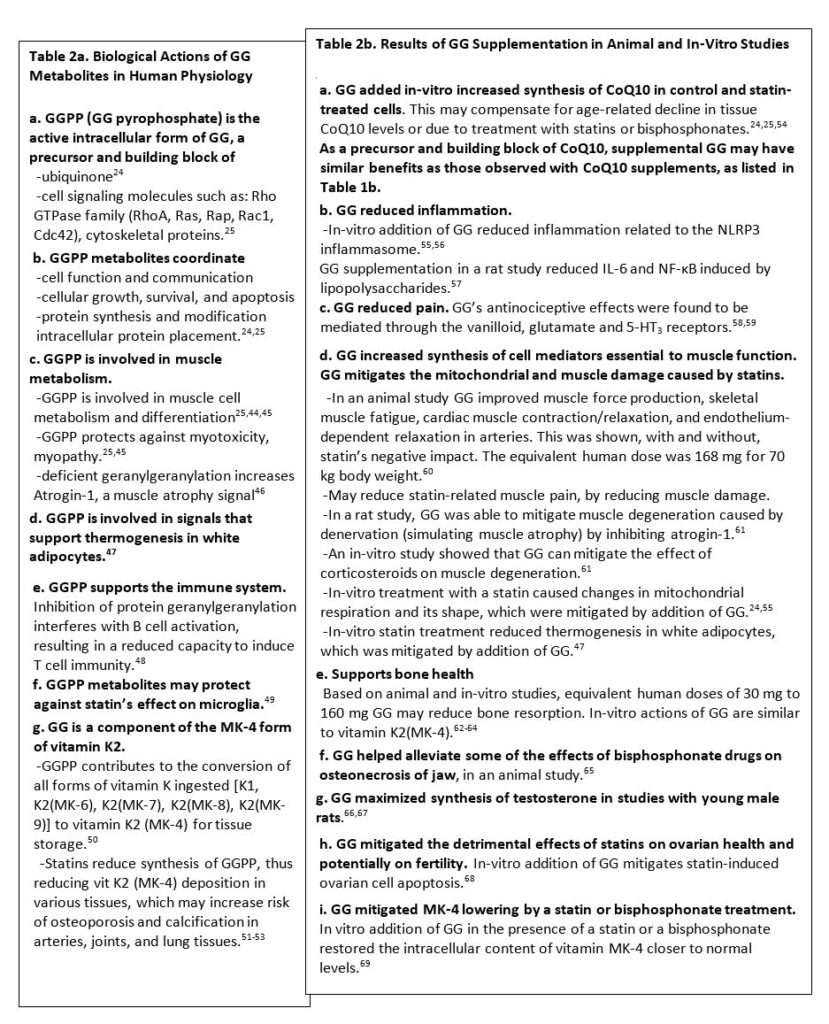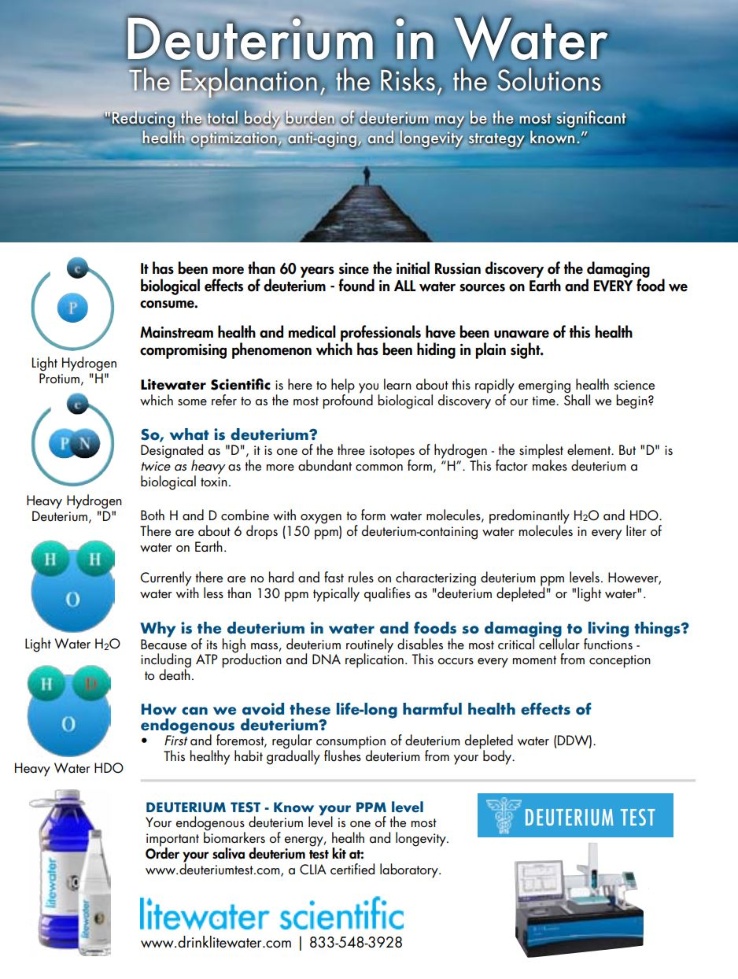…article continued:
Geranylgeraniol (GG)
Geranylgeraniol (GG), a precursor for ubiquinone synthesis and an important molecule in human physiology, is ubiquitous in human physiology, as are ubiquinone and ubiquinol; and it occurs in the activated form of geranylgeraniol pyrophosphate (GGPP). GGPP is a precursor/building block in the synthesis of ubiquinone and other essential cell molecules.24 This occurs downstream from mevalonate and the HMG-CoA reductase enzyme, on a parallel pathway to that of cholesterol synthesis. GG is a terpenoid naturally occurring in a variety of plants and a building block for carotenoids and many phytol-derived phytonutrients. The only supplemental form of GG available in the U.S. (manufactured by American River Nutrition, Hadley, MA) is derived from the annatto bean, native to tropical regions, which is used in South American cuisine and in food coloring in the US.
GG’s molecular weight is one-third of CoQ10’s, with a lipophilic hydrocarbon tail (see Fig. 3). GG is likely well absorbed in the GI tract since in vitro studies showed it diffuses inside cells with no need of adjuvants. This is in contrast with CoQ10, which needs to be solubilized and emulsified for absorption in the intestine, for skin topicals or inside cells in-vitro.

Table 2.a lists the main functions of GG in human physiology, while Table 2.b highlights results obtained from GG supplementation, in vitro or in animal models. GG easily diffuses inside organelles where it becomes the building block of ubiquinone synthesis (Figures 3 & 4).24 From there, the excess ubiquinone produced from supplemental GG is delivered to the mitochondria similarly to the basal endogenous ubiquinone, thus boosting mitochondrial function. This is a novel approach, since, to date, no other supplement has been shown to enhance endogenous CoQ10 synthesis.
Supplementation of cells with GG upregulates enzymatic reactions downstream from mevalonate, by mass action, resulting in increased synthesis of ubiquinone and other essential cell-signaling mediators (see Fig. 2).24,25 Fortunately, the ubiquinone synthesis pathway is not tightly regulated, as is that of cholesterol, thus it can be upregulated by increased substrate concentration (Fig. 4). This opens the possibility to correct age-related decline in COQ10 and other metabolites derived from GG, in all tissues.






